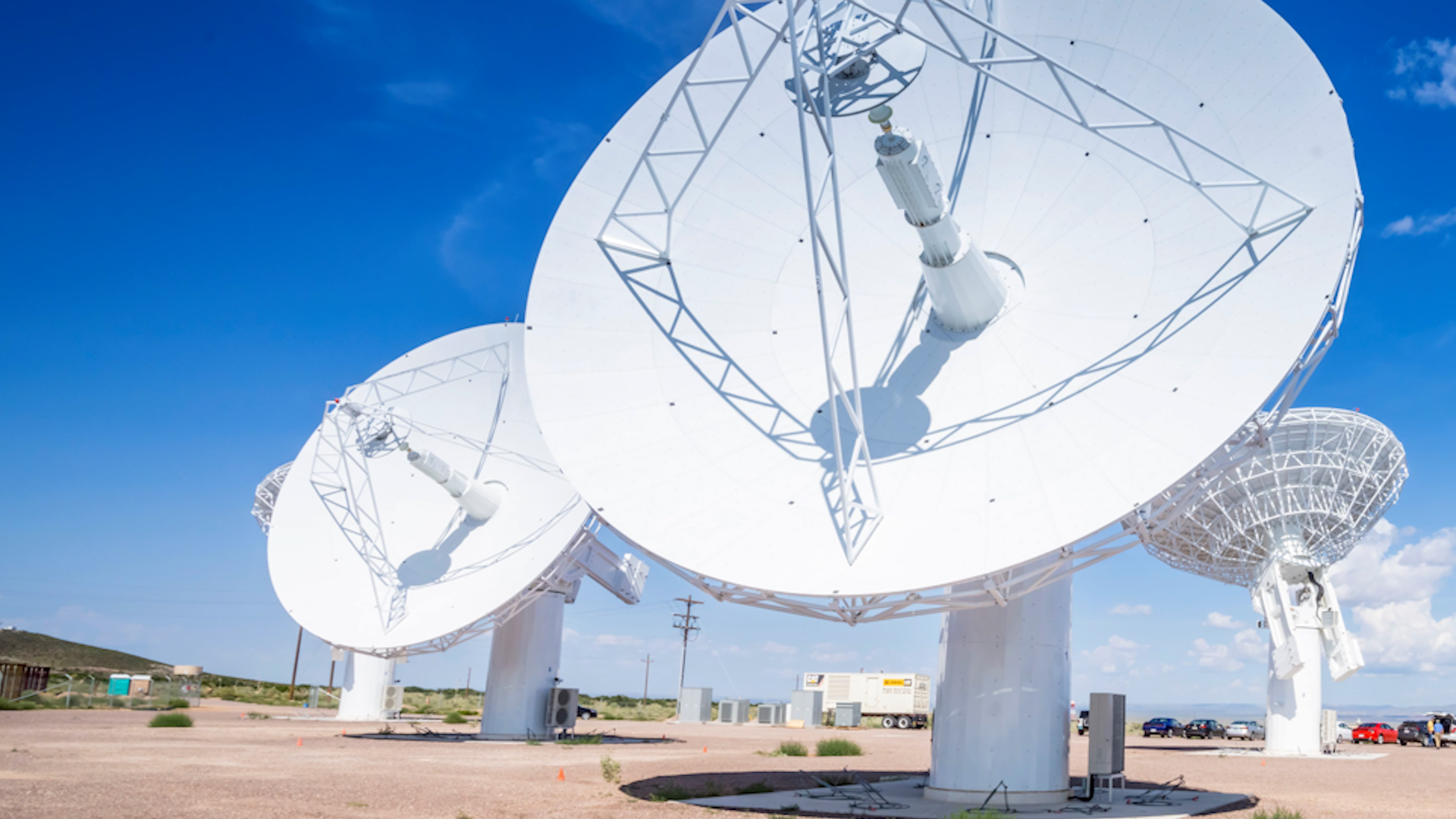
Army barracks to host Aukus deep space radar to boost protection for UK

Cawdor Barracks in Pembrokeshire is to be redeveloped to host a landmark radar initiative, according to a proposal by the Ministry of Defence.
Known as the Deep Space Advanced Radar Capability (DARC), the programme will help to protect essential satellite communication and navigation networks.
It is part of Aukus, the defence partnership between Australia, the UK and the US.
DARC will see a network of ground-based radars in each of these nations to provide global space monitoring – able to better detect and track objects in deep space up to 22,000 miles from Earth.
This capability will help keep the UK and its allies safe, protect critical infrastructure and benefit space industries.
DARC aims to play a crucial role in Aukus nations' ability to support safety and security in the Indo-Pacific and the rest of the world.
The initiative could secure up to 100 long-term jobs in the area and continue the site's long military history.
Defence Secretary John Healey said: "The proposed redevelopment of Cawdor Barracks secures jobs at home and defence capabilities for the future.
"Space plays a crucial role in our daily lives – used by everything from our mobile phones to banking services.
"It is also used by UK defence to conduct vital tasks such as supporting military operations, navigating forces and gathering intelligence.
"This new radar programme will not only enhance our awareness of deep space but also help protect our space assets alongside our closest partners."
Cawdor Barracks has a long history of supporting the UK's military having previously acted as both a Royal Air Force flying station and a Royal Navy base.
It is currently home to 14 Signal Regiment, which is due to relocate from 2028 and the barracks close.
The redevelopment for DARC would keep the site open, with a permanent presence of personnel to operate and maintain the radar capability.
Cawdor Barracks overlook Pembrokeshire Coast National Park, the UK's only coastal national park.
The MOD said it was committed to undertaking all necessary planning and environmental processes required to gain consent for the proposed redevelopment of the site and its safe operation.
A comprehensive Environmental Impact Assessment, including a Landscape and Visual Impact Assessment, is under way in support of a planning application to Pembrokeshire County Council.
The council's granting of planning permission is conditional on DARC meeting all the required safety standards.
Prior to the statutory consultation period required by the county council, engagement will also take place with the local community over the DARC proposals with two public information events.









